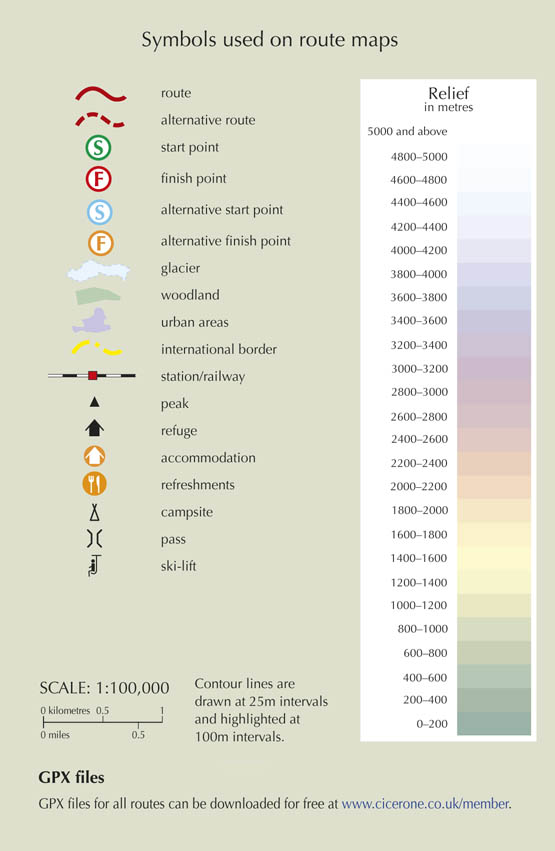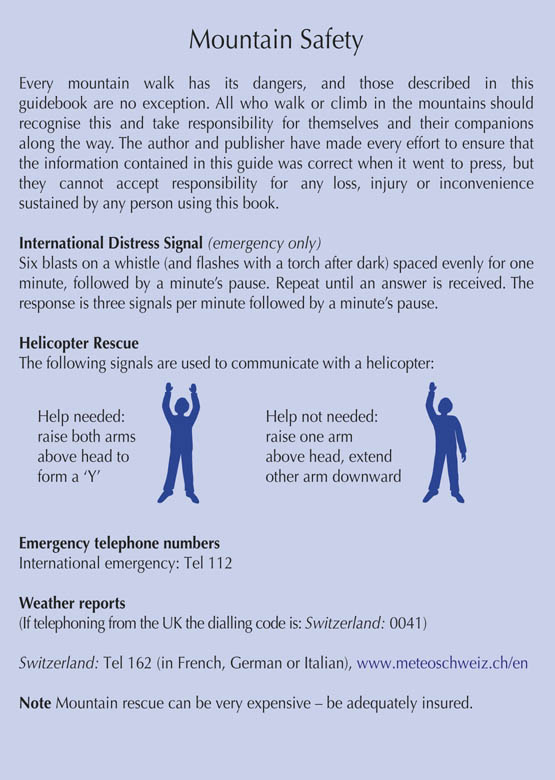About the Author
Kev Reynolds, author of the original APR guide, is a freelance travel writer and lecturer whose first title for Cicerone Press ( Walks & Climbs in the Pyrenees ) appeared in 1978 and is still in print. He has published many books on the Alps, a series of Himalayan trekkers guides, several guides on walking in southern England, a collection of 75 short stories ( A Walk in the Clouds ) harvested from his 50 years among the worlds great mountains, and Abode of the Gods , a narrative account of trekking in Nepal. The first honorary member of the British Association of European Mountain Leaders (BAEML), and a member of the Alpine Club and Austrian Alpine Club, Kev received a lifetime achievement award from the Outdoor Writers and Photographers Guild in 2014. His enthusiasm for the countryside in general, and mountains in particular, remains undiminished after a lifetimes activity. When hes not trekking in one of the worlds great ranges, he lives among what he calls the Kentish Alps, and during the winter months regularly travels throughout Britain to share that enthusiasm through his lectures. Check him out on www.kevreynolds.co.uk.
Other Cicerone guides by this author:
100 Hut Walks in the Alps
Abode of the Gods
Alpine Points of View
A Walk in the Clouds
Chamonix to Zermatt, the Walkers Haute Route
crins National Park
Everest: a Trekkers Guide
The Bernese Oberland
The Cotswold Way
The North Downs Way
The South Downs Way
The Pyrenees
The Swiss Alps
Tour of Mont Blanc
Tour of the Jungfrau Region
Tour of the Oisans: GR54
Tour of the Vanoise
Trekking in the Alps
Trekking in the Himalaya
Trekking in the Silvretta & Rtikon Alps
Walking in Austria
Walking in Kent
Walking in Sussex
Walking in the Alps
Walking in the Valais Switzerland
Walks & Climbs in the Pyrenees
Walks in the Engadine Switzerland
Walks in the South Downs National Park
THE SWISS ALPINE PASS ROUTE VIA ALPINA ROUTE 1
EAST TO WEST ACROSS SWITZERLAND
by Kev Reynolds, updated by Jonathan and Lesley Williams
2 POLICE SQUARE, MILNTHORPE, CUMBRIA LA7 7PY
www.cicerone.co.uk
Kev Reynolds 2017
Third edition 2017
ISBN: 978 1 85284 927 6
Second edition 2004
First edition 1990
Printed by KHL Printing, Singapore
A catalogue record for this book is available from the British Library.
 Route mapping by Lovell Johns www.lovelljohns.com
Route mapping by Lovell Johns www.lovelljohns.com
All photographs are by the updaters unless otherwise stated.
Contains OpenStreetMap.org data OpenStreetMap contributors, CC-BY-SA. NASA relief data courtesy of ESRI
To Jonathan and Lesley Williams for being my lungs and legs
Updates to this Guide
While every effort is made by our authors to ensure the accuracy of guidebooks as they go to print, changes can occur during the lifetime of an edition. Any updates that we know of for this guide will be on the Cicerone website (www.cicerone.co.uk/927/updates), so please check before planning your trip. We also advise that you check information about such things as transport, accommodation and shops locally. Even rights of way can be altered over time.
The route maps in this guide are derived from publicly available data, databases and crowd-sourced data. As such they have not been through the detailed checking procedures that would generally be applied to a published map from an official mapping agency, although naturally we have reviewed them closely in the light of local knowledge as part of the preparation of this guide.
We are always grateful for information about any discrepancies between a guidebook and the facts on the ground, sent by email to updates@cicerone.co.uk or by post to Cicerone, 2 Police Square, Milnthorpe LA7 7PY, United Kingdom.
Warning
Mountain walking can be a dangerous activity carrying a risk of personal injury or death. It should be undertaken only by those with a full understanding of the risks and with the training and experience to evaluate them. While every care and effort has been taken in the preparation of this guide, the user should be aware that conditions can be highly variable and can change quickly, materially affecting the seriousness of a mountain walk. Therefore, except for any liability that cannot be excluded by law, neither Cicerone nor the author accepts liability for damage of any nature (including damage to property, personal injury or death) arising directly or indirectly from the information in this book.
To call out the Mountain Rescue, ring the international emergency number 112: this will connect you via any available network. Once connected to the emergency operator, ask for the police.
Front cover: Eiger, Mnch and Jungfrau from the approach to the Sefinenfurke (Stage 11)
CONTENTS
ROUTE SUMMARY TABLE
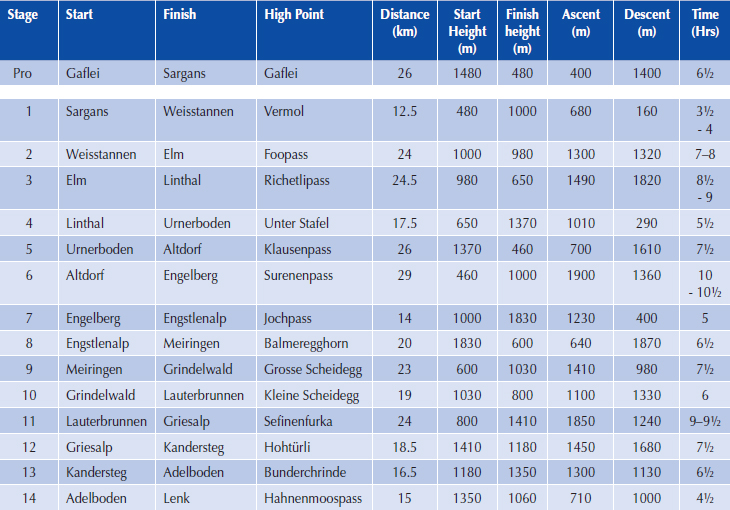
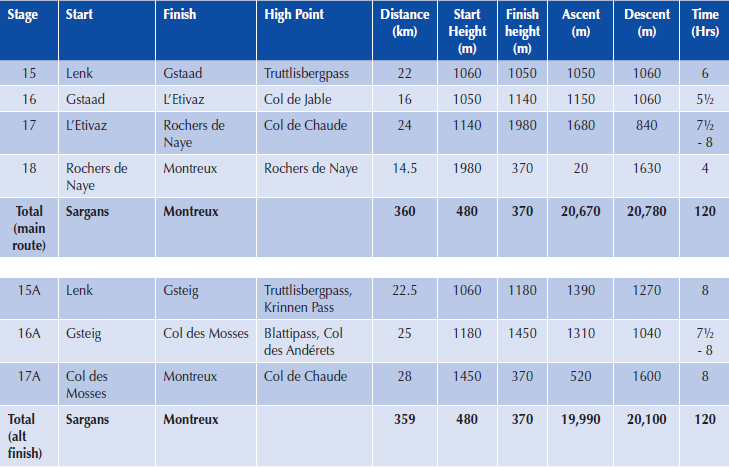

The wild upper reaches of the Lauterbrunnen Valley seen from the Sefinental (Stage 11)
PUBLISHERS FOREWORD
We had been planning to walk the full Alpine Pass Route for some time, so we were delighted when Kev Reynolds asked if we would help update the guide. Naturally we said yes that was always part of the plan.
The Alpine Pass Route had little or no fixed waymarking in the past, but the formalisation of the Swiss national walking routes over the past decade has provided the opportunity to give the route a solid spine as it crosses Switzerland from east to west. Incorporating these changes has meant some significant alterations to both route and book, although the overall APR concept remains. The main alterations are:
- The Swiss VA1 route starts in Liechtenstein before dropping down to Sargans, the traditional start point of the APR.
- The inclusion of a high-level route between Engstlenalp and Meiringen creates what is essentially a new stage.
- The route between Lenk and Col des Mosses/LEtivaz is now routed via Gstaad rather than Gsteig, giving two completely different stages.
- Substantial changes to the final stage around Lac de lHongrin into Montreux amounts to a new route.
These changes are all included in this guide, together with many smaller route modifications, usually into and out of the towns and villages. In most cases the previous routing has also been retained as a variant, to avoid high-level ridges that would present difficulties in bad weather such as the Erzegg/Planpatten which leads to Meiringen, and the ridge walk to Rochers de Naye and in some instances because it is arguably superior: the sch waterfall route after the Klausenpass, for example. Having checked the complete route and almost every variant, we can confirm that all the options give walking of a high standard, the only real difference being the prevalence of the ubiquitous green VA1 markers on the waymarked route.

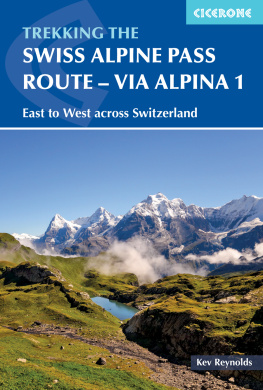
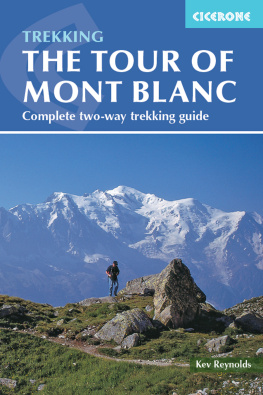
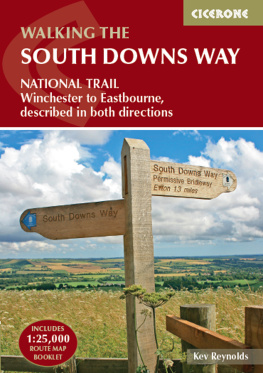
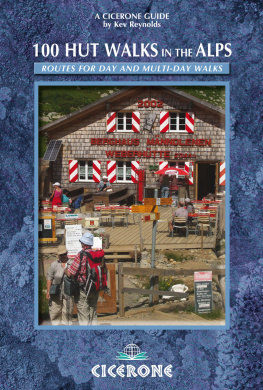
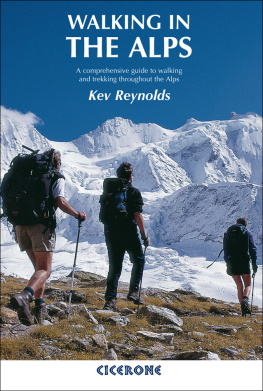

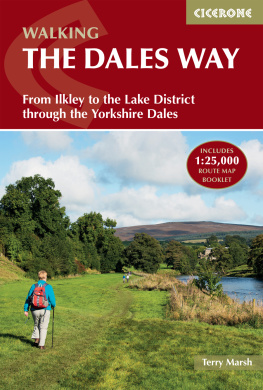

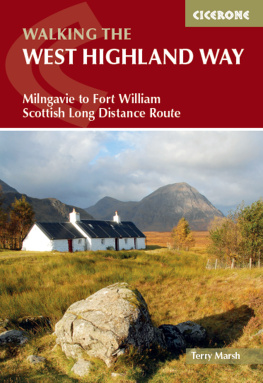
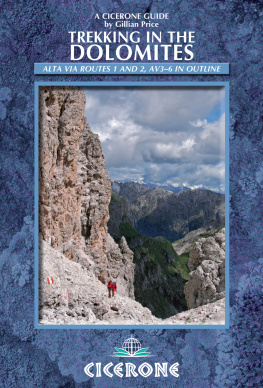
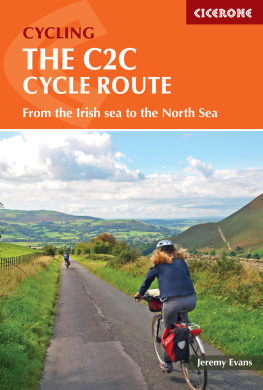


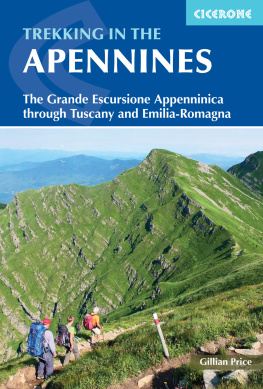
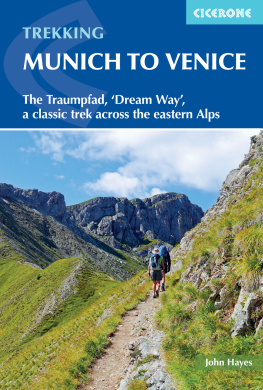
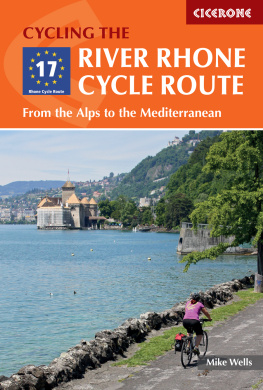

 Route mapping by Lovell Johns www.lovelljohns.com
Route mapping by Lovell Johns www.lovelljohns.com
